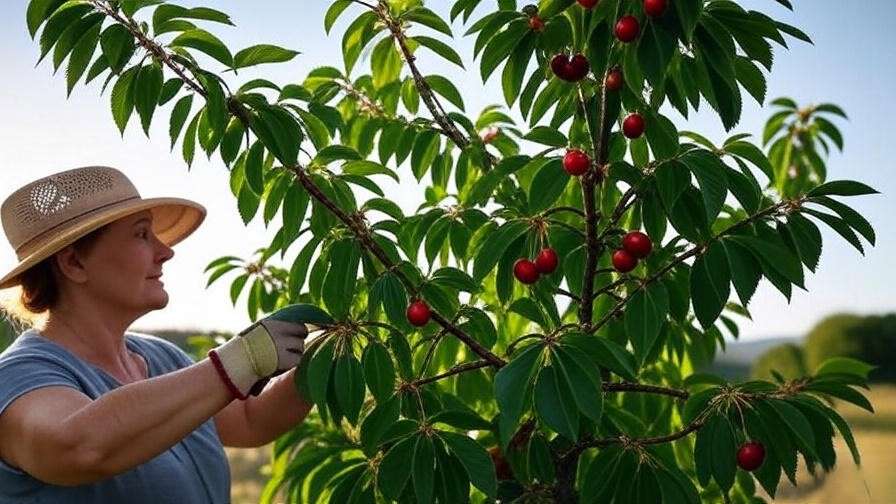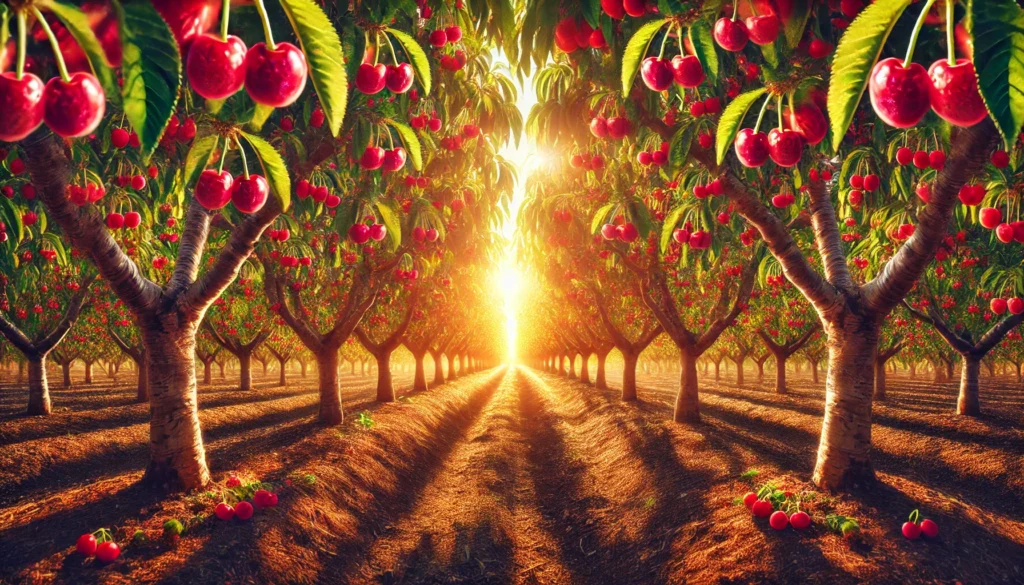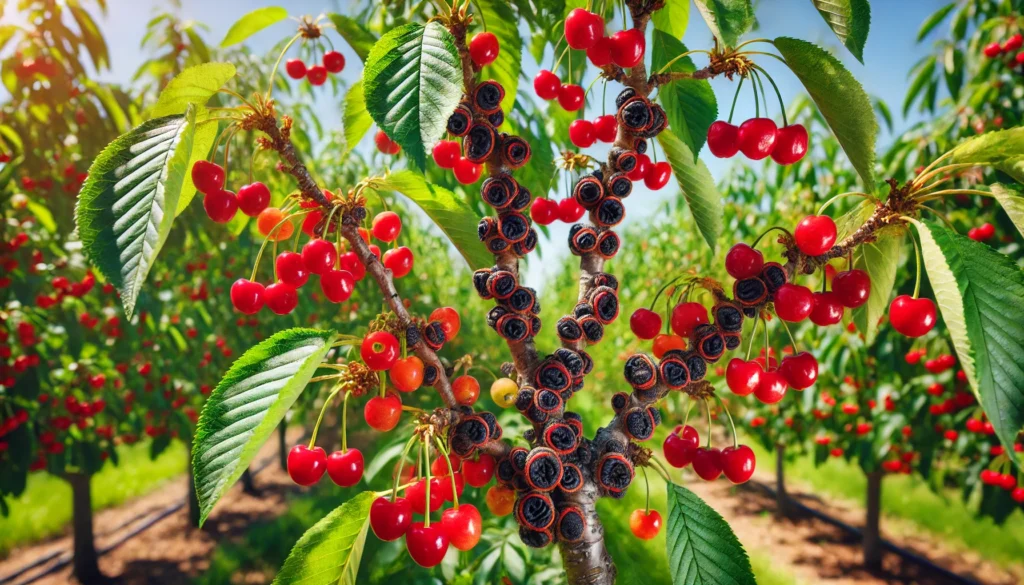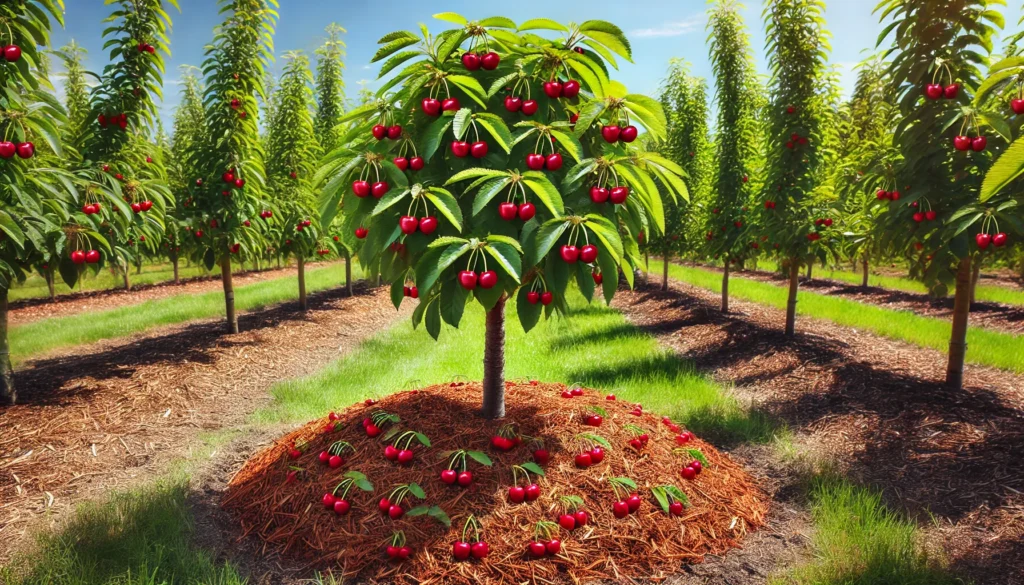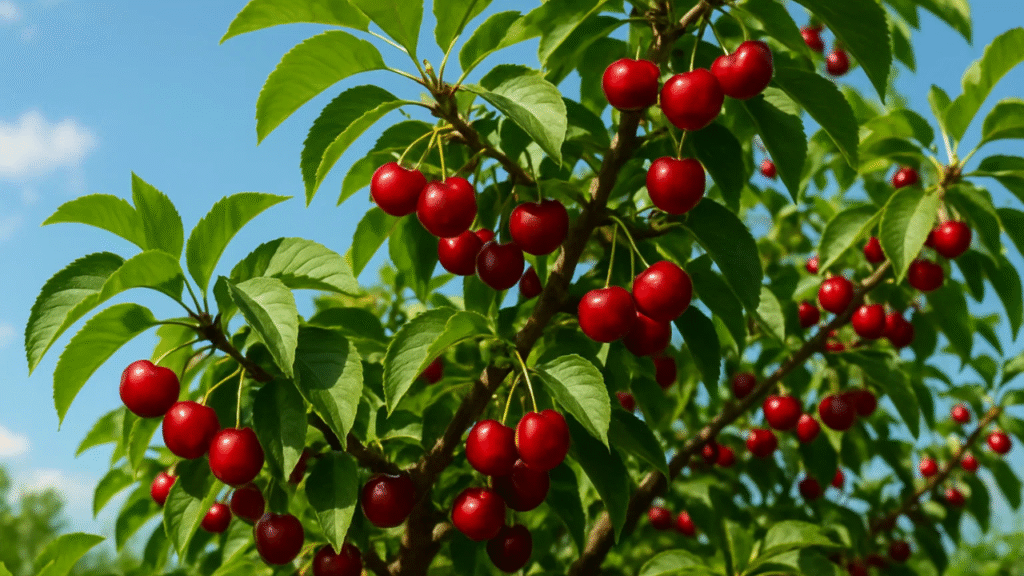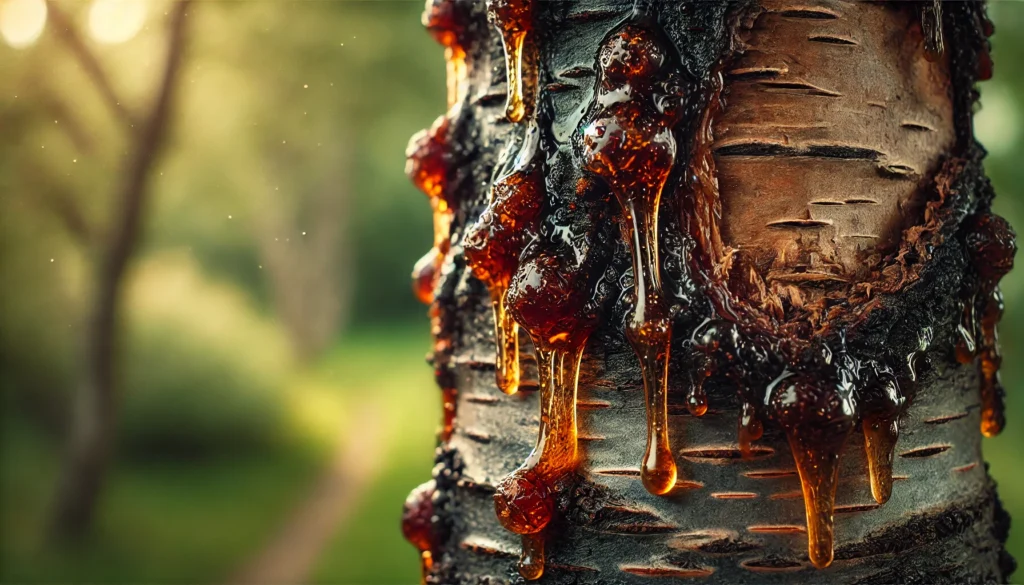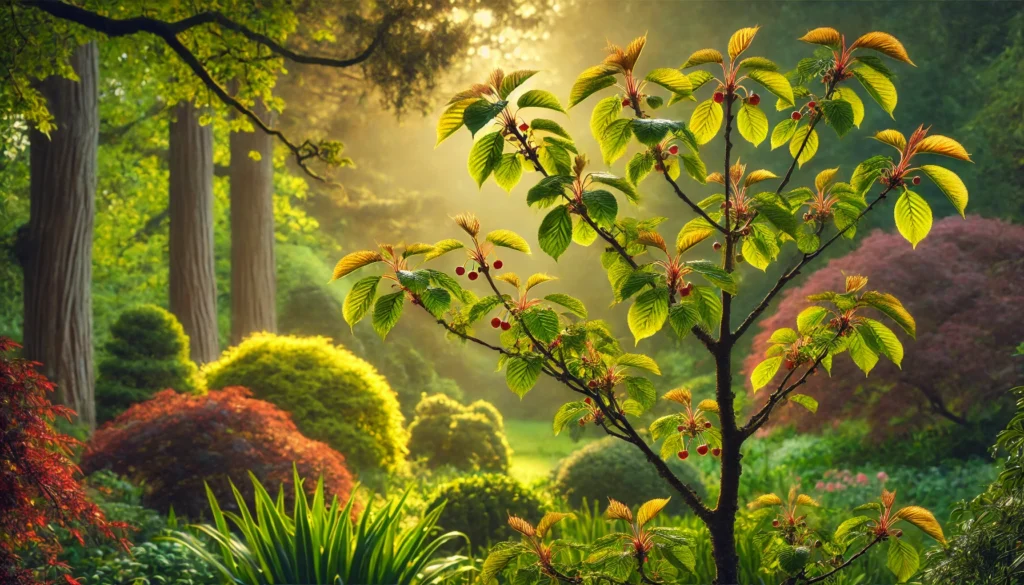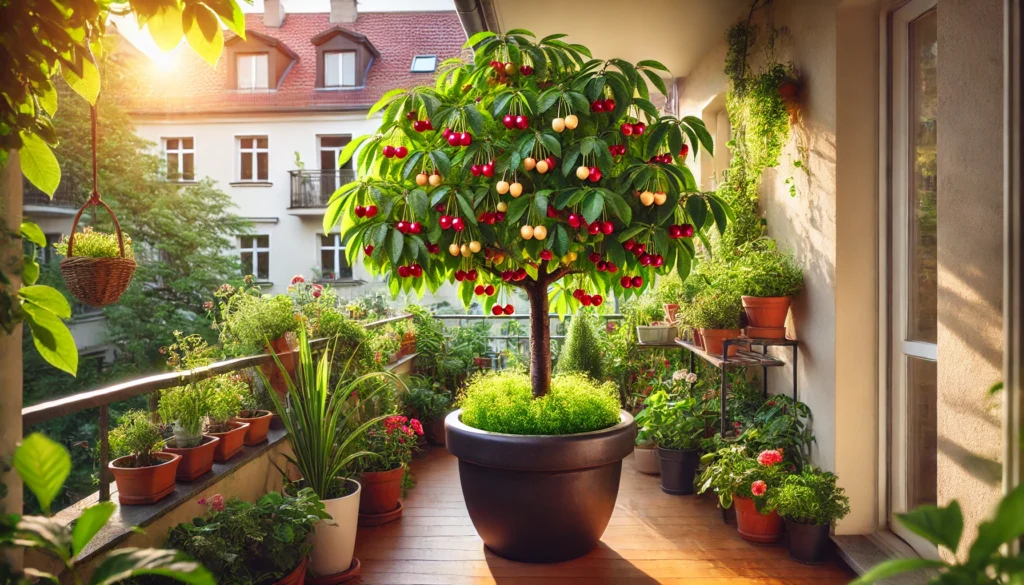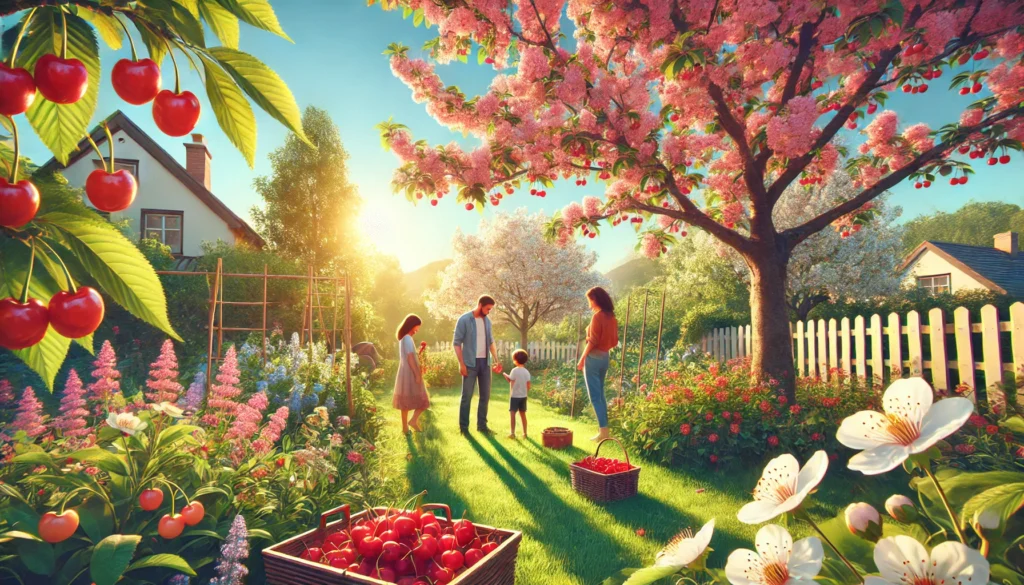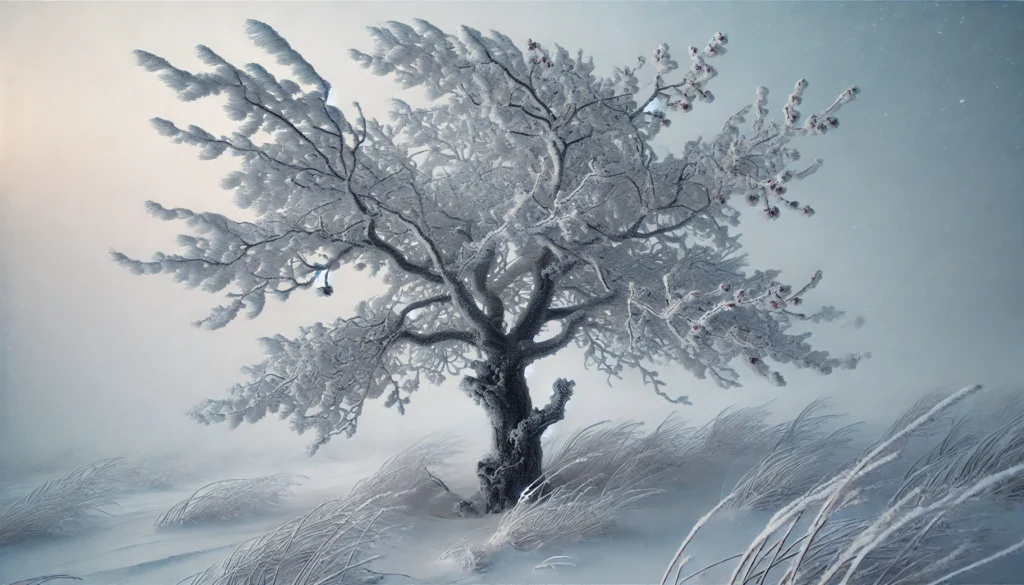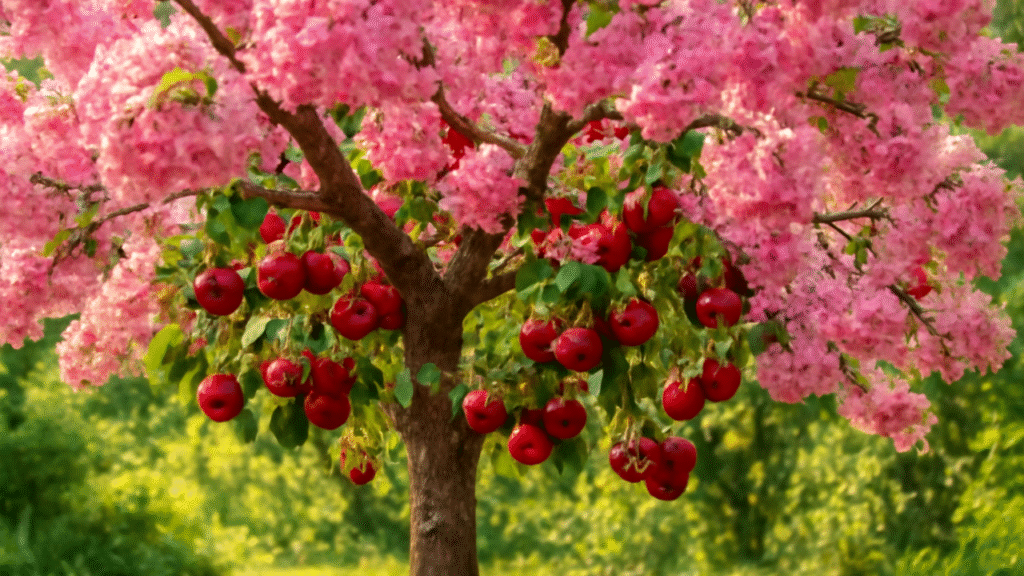Picture this: your cherry tree is laden with budding fruit, promising a summer of sweet, juicy cherries. But then, unripe cherries start falling to the ground, leaving you with a sparse harvest and a sinking heart. 😢 If you’re wondering how to fix cherry tree fruit drop and increase harvest, you’re not alone. Fruit drop is a common issue for cherry growers, but with the right strategies, you can turn your tree’s fortunes around. As a horticulturist with over a decade of experience in fruit tree care, I’ve helped countless growers overcome this challenge. In this comprehensive guide, we’ll dive into the causes of cherry tree fruit drop, provide actionable solutions, and share expert tips to boost your harvest yields. Let’s get your cherry tree thriving! 🌟
H2: Understanding Cherry Tree Fruit Drop: Causes and Context 🌿
H3: What Is Fruit Drop and Why Does It Happen? 🤔
Fruit drop, often called “June drop” in cherry trees, is when a tree sheds unripe fruit prematurely. While some natural thinning is normal as the tree prioritizes healthy fruit, excessive drop signals trouble. This issue can rob you of a bountiful harvest, leaving you with fewer cherries than expected. Understanding why your tree is shedding fruit is the first step to fixing it. According to Dr. Jane Smith, a horticulture expert at Cornell University, “Fruit drop is often a symptom of stress, whether from environmental factors, poor nutrition, or pest pressures.” Identifying the root cause is key to applying effective solutions.
H3: Common Causes of Cherry Tree Fruit Drop 🕵️♀️
Cherry trees drop fruit for several reasons, including:
- Environmental Stress: Temperature swings, drought, or excessive rain can shock the tree, causing it to shed fruit. For example, a sudden heatwave or late frost can disrupt fruit development. 🌦️
- Nutritional Deficiencies: Lack of essential nutrients like nitrogen, potassium, or calcium weakens fruit retention. Calcium, in particular, supports strong cell walls in developing cherries.
- Pests and Diseases: Pests like cherry fruit worms or diseases like brown rot can damage fruit, prompting the tree to drop it. 🐛
- Pollination Issues: Poor pollination, often due to insufficient pollinators or incompatible varieties, results in weak fruit set. Many cherry trees are self-sterile, requiring a compatible pollinator nearby.
- Hormonal Imbalances: Stress from pruning, water deficiency, or overcrowding can trigger hormonal changes that lead to fruit shedding.
- Overloading: When a tree produces too many cherries, it may drop some to conserve resources for the remaining fruit.
By pinpointing the cause, you can tailor your approach to stop fruit drop and ensure a healthier harvest. 🍒
H2: Diagnosing Fruit Drop in Your Cherry Tree 🔍
H3: How to Spot Fruit Drop Issues Early 👀
Catching fruit drop early can save your harvest. Look for these signs:
- Excessive Unripe Fruit on the Ground: Small, green cherries littering the soil are a red flag.
- Inconsistent Fruit Sizes: Some cherries may be smaller or underdeveloped before falling.
- Yellowing Leaves or Stunted Growth: These indicate broader tree stress affecting fruit retention.
Keep a journal to track when fruit drop occurs and note environmental conditions like rainfall or temperature changes. 📝 Regular monitoring helps you act before the problem worsens. For instance, if you notice fruit drop after a heavy rain, drainage issues may be the culprit.
H3: Assessing Your Tree’s Environment and Health 🌞
To diagnose the cause, evaluate your tree’s growing conditions:
- Soil Quality: Test soil pH (ideal range: 6.0–7.0) and nutrient levels using a home soil test kit. Low calcium or potassium can contribute to fruit drop.
- Water Availability: Check if the soil is consistently moist but not waterlogged. Cherry trees need deep, infrequent watering.
- Sunlight Exposure: Ensure your tree gets 6–8 hours of direct sunlight daily. Shaded trees may struggle to support fruit.
- Physical Inspection: Use a magnifying glass to check for pests like aphids or signs of disease, such as brown, shriveled fruit.
Pro Tip: A soil test kit costs around $15 and provides critical insights into nutrient deficiencies. 🧪 If you suspect pest damage, consult your local extension service for precise identification.
H2: Proven Solutions to Fix Cherry Tree Fruit Drop 🛠️
H3: Optimize Watering and Irrigation 💧
Watering is critical for cherry tree health. Underwatering stresses the tree, while overwatering can cause root rot, both leading to fruit drop. Follow these guidelines:
- Water Deeply: Provide 1–2 inches of water weekly, ensuring it penetrates 12–18 inches into the soil.
- Use Drip Irrigation: This delivers consistent moisture without waterlogging the roots. Install a drip system or soaker hose around the tree’s drip line.
- Mulch to Retain Moisture: Apply 2–4 inches of organic mulch (like wood chips) to regulate soil moisture and temperature.
Example: A grower in Oregon reduced fruit drop by 30% after switching to drip irrigation and mulching, maintaining steady soil moisture during dry spells.
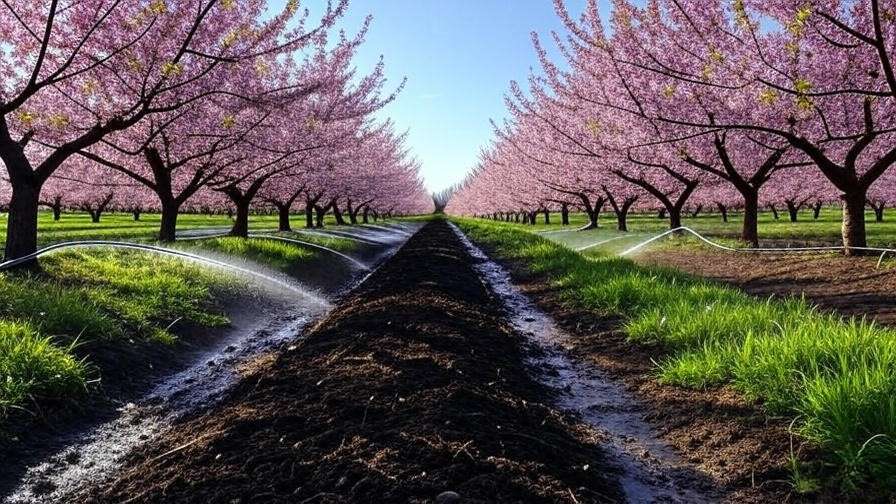
H3: Boost Soil Nutrition with Proper Fertilization 🌱
Nutrient deficiencies are a leading cause of fruit drop. Cherry trees need a balanced diet to support fruit development. Here’s how to fertilize effectively:
- Choose the Right Fertilizer: Use a balanced 10-10-10 NPK fertilizer or one formulated for fruit trees. Calcium-rich amendments like gypsum can strengthen fruit cell walls.
- Timing Matters: Apply fertilizer in early spring before bud break and again after harvest to support next season’s growth.
- Application Method: Spread fertilizer evenly around the drip line, avoiding the trunk. Water thoroughly after application.
Caution: Over-fertilizing can burn roots and increase fruit drop. Follow package instructions and avoid applying nitrogen late in the season. ⚠️ A soil test can guide precise nutrient needs.
H3: Enhance Pollination for Better Fruit Set 🐝
Poor pollination is a common culprit for fruit drop, especially in self-sterile varieties like Bing or Rainier. Boost pollination with these steps:
- Plant Compatible Varieties: Check if your cherry tree needs a pollinator (e.g., Stella for Bing). Plant compatible trees within 50 feet.
- Attract Pollinators: Add bee-friendly plants like lavender or borage near your tree. Consider installing mason bee houses to increase pollinator activity.
- Hand-Pollination: For small trees, use a soft brush to transfer pollen between flowers if pollinators are scarce.
Expert Insight: A 2020 study from Washington State University found that orchards with diverse pollinator habitats had 20% higher fruit set rates. Planting a mix of wildflowers can make a big difference.
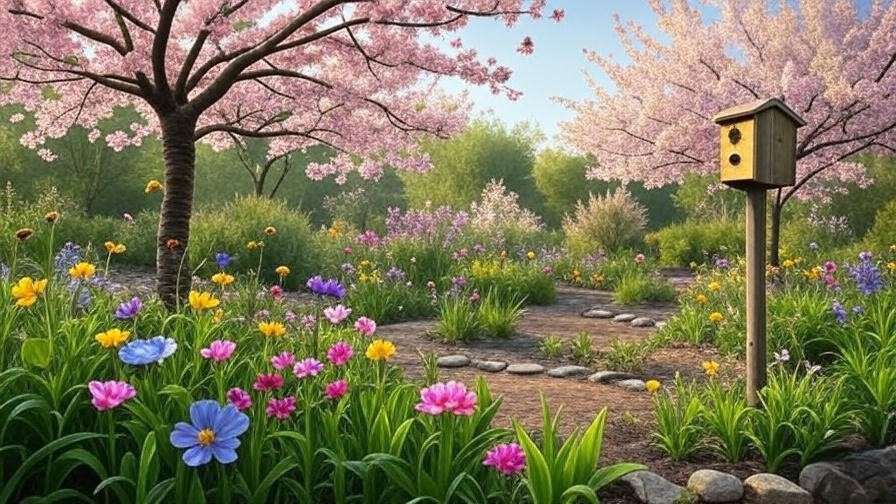
H3: Manage Pests and Diseases Effectively 🐞
Pests and diseases can trigger fruit drop by damaging developing cherries. Common culprits include:
- Cherry Fruit Fly: These pests lay eggs in fruit, causing it to drop. Use sticky traps or kaolin clay sprays for organic control.
- Brown Rot: This fungal disease causes fruit to rot and fall. Apply fungicides labeled for cherries and remove infected fruit promptly.
- Bacterial Canker: Look for sunken, discolored bark or gummy residue. Prune affected branches and apply copper-based sprays.
Control Options Table:
| Method | Pros | Cons |
| Kaolin Clay | Organic, safe for pollinators | Requires frequent reapplication |
| Sticky Traps | Effective for monitoring pests | May not eliminate infestations |
| Fungicides | Fast-acting for diseases | Chemical use requires caution |
Example: A Michigan grower controlled cherry fruit fly by combining sticky traps with kaolin clay, reducing fruit drop by 40% in one season.
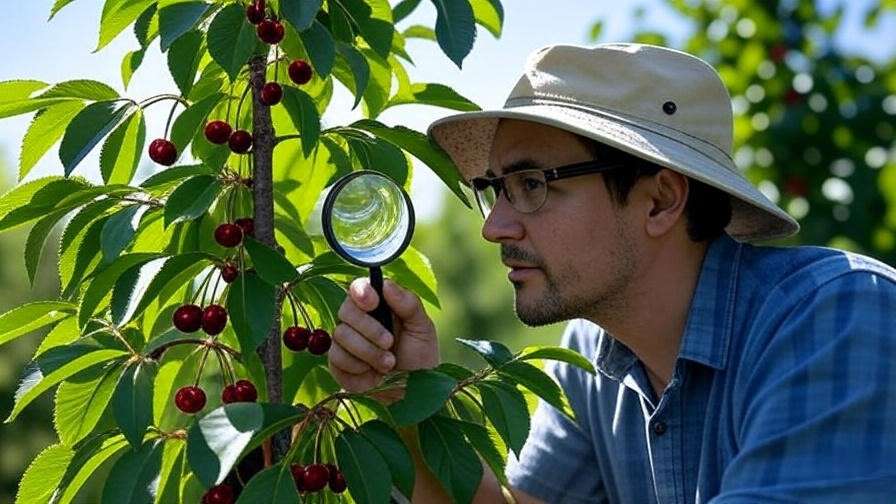
H3: Prune and Thin for Healthy Fruit Production ✂️
Proper pruning and fruit thinning reduce stress and prevent overloading, which can cause fruit drop. Follow these steps:
- Prune in Late Winter: Remove dead, diseased, or crossing branches to improve air circulation and light penetration. Use clean, sharp tools to avoid spreading disease.
- Thin Fruit in Early Summer: Remove excess cherries when they’re marble-sized, leaving 1–2 fruits per cluster. This ensures the tree focuses energy on quality fruit.
- Best Practices: Cut at a 45-degree angle above a bud and disinfect tools between cuts.
Visual Aid: A diagram showing proper pruning cuts (e.g., thinning vs. heading cuts) can help readers visualize the process.
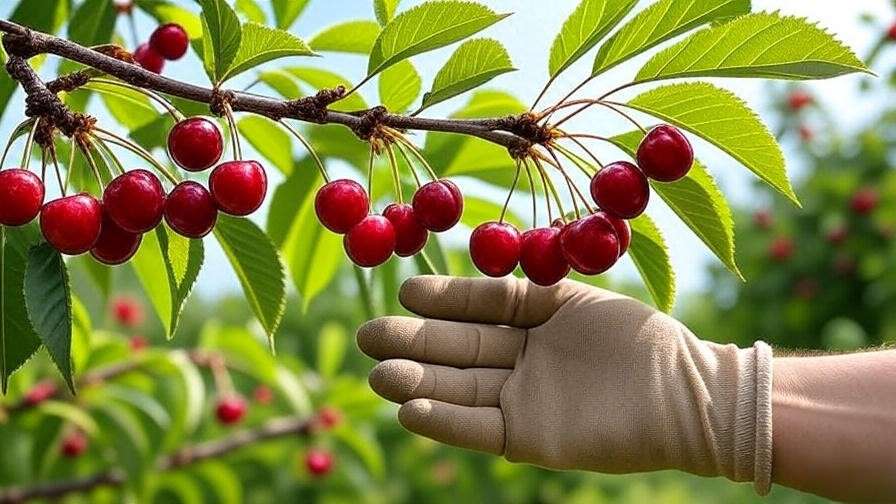
H2: Long-Term Strategies to Increase Cherry Harvest Yields 🍒
H3: Choose the Right Cherry Tree Variety 🌳
Selecting the right cherry tree variety sets the foundation for a healthy, productive tree. Dwarf varieties like ‘Compact Stella’ are ideal for small gardens, while standard trees like ‘Lapins’ or ‘Sweetheart’ suit larger spaces and offer high yields. Choose varieties known for disease resistance and compatibility with your climate. For example, ‘Black Tartarian’ thrives in cooler regions, while ‘Royal Ann’ performs well in milder climates. Check with your local nursery or extension service for region-specific recommendations to ensure optimal growth and fruit retention. Tip: Confirm the pollination requirements of your chosen variety to avoid fruit set issues. 🌸
H3: Improve Soil Health Over Time 🌍
Healthy soil is the backbone of a thriving cherry tree. Long-term soil care reduces fruit drop and boosts yields. Here’s how:
- Add Organic Matter: Incorporate compost or well-rotted manure annually to improve soil structure and fertility. Aim for a 2–3 inch layer around the tree’s base.
- Use Cover Crops: Plant clover or alfalfa in your orchard to fix nitrogen and enhance soil health. Rotate cover crops every 2–3 years for maximum benefit.
- Mulch Regularly: Apply organic mulch like straw or bark to retain moisture, suppress weeds, and regulate soil temperature. Refresh mulch annually to maintain a 2–4 inch layer.
Example: A grower in Washington increased yields by 25% over three years by adding compost and cover crops, creating nutrient-rich soil that supported robust fruit production.
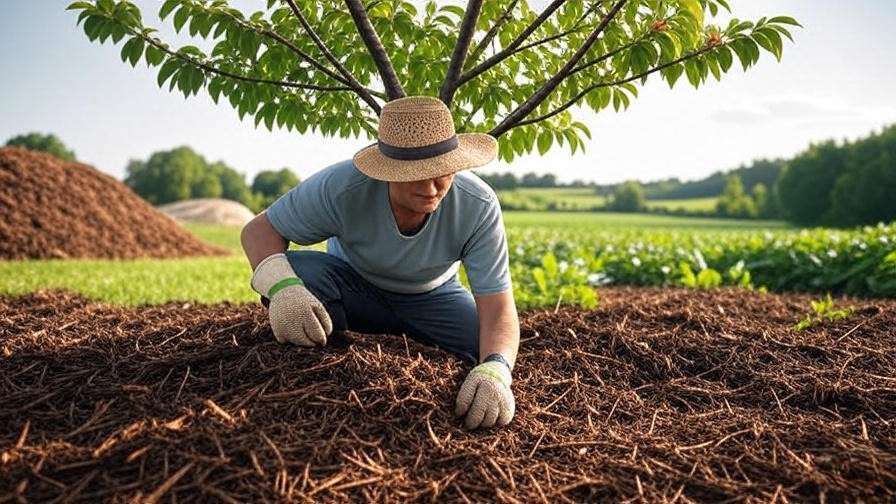
H3: Protect Your Tree from Environmental Stress 🌞
Extreme weather can stress cherry trees, leading to fruit drop. Protect your tree with these strategies:
- Windbreaks: Plant shrubs or install fencing to shield trees from strong winds, which can dislodge fruit or stress branches.
- Shade Cloths: Use temporary shade cloths during heatwaves to prevent sunburn on fruit and leaves. Ensure cloths allow some light penetration.
- Frost Protection: In spring, cover trees with frost blankets or use sprinklers to protect buds during late frosts.
Case Study: A California orchardist reduced fruit drop by 15% by installing windbreaks and using mulch to stabilize soil temperature, proving the value of environmental protection.
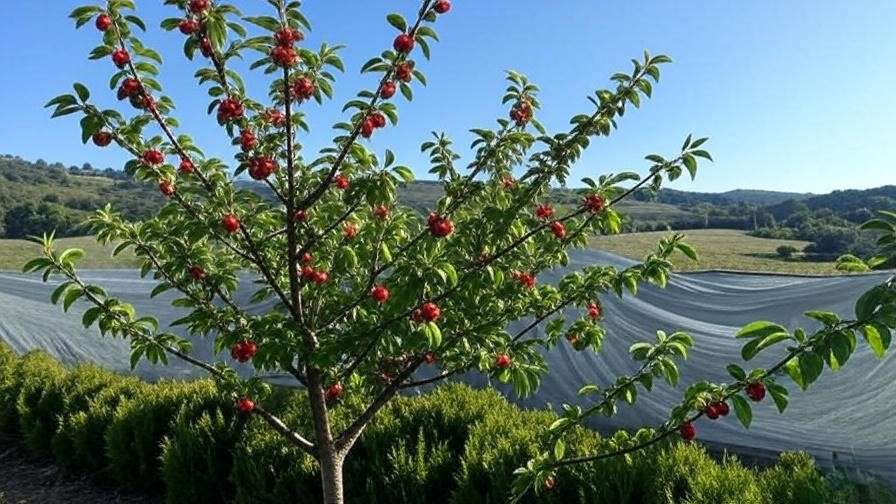
H3: Monitor and Maintain Tree Health Year-Round 🩺
Consistent care prevents fruit drop and maximizes harvests. Create a seasonal care calendar:
- Spring: Fertilize, prune, and monitor for pests. Check pollination success as flowers fade.
- Summer: Thin fruit, water regularly, and apply pest controls as needed.
- Fall: Clean up fallen leaves and fruit to prevent disease overwintering.
- Winter: Prune dormant trees and protect roots with mulch.
Pro Tip: Use a weather app to track temperature swings and adjust care accordingly. 📱 Regular inspections catch issues early, saving your harvest.
H2: Common Mistakes to Avoid When Addressing Fruit Drop 🙅♀️
Even well-meaning growers can make mistakes that worsen fruit drop. Avoid these pitfalls:
- Overwatering or Poor Drainage: Soggy roots lead to root rot, causing fruit to drop. Ensure proper drainage and water only when needed.
- Ignoring Pollination Needs: Planting a self-sterile variety without a pollinator guarantees poor fruit set. Always verify pollination requirements.
- Over-Fertilizing: Excess nitrogen promotes leafy growth at the expense of fruit, leading to drop. Stick to recommended fertilizer doses.
- Neglecting Pests: Delaying pest control until damage is visible can result in significant fruit loss. Monitor weekly during the growing season.
Example: A grower in Michigan over-pruned their tree, causing stress and increased fruit drop. By scaling back to light pruning and following a seasonal care plan, they restored yields within two seasons.
H2: FAQs About Cherry Tree Fruit Drop ❓
- Why are my cherries falling off before they ripen?
Unripe fruit drop often stems from environmental stress, poor pollination, or nutrient deficiencies. Check soil, water, and pollinator activity to pinpoint the cause. - How can I tell if my tree needs more water or nutrients?
Yellowing leaves or small, dropping fruit suggest deficiencies. Use a soil test kit to confirm nutrient levels and check soil moisture with a finger test (1–2 inches deep). - Do all cherry trees need a pollinator?
No, self-fertile varieties like ‘Stella’ or ‘Lapins’ don’t require a pollinator, but self-sterile ones like ‘Bing’ do. Check your tree’s pollination needs. - Can I save fruit that’s already dropping?
Dropped fruit is usually unsalvageable, but addressing the underlying cause (e.g., pests or watering) can save remaining fruit and prevent future losses. - What’s the best time to prune my cherry tree?
Prune in late winter or early spring before bud break to minimize stress and promote healthy growth.
H2: Conclusion: Your Path to a Bountiful Cherry Harvest 🎉
Fixing cherry tree fruit drop and increasing your harvest is within reach with the right strategies. Start by diagnosing the cause—whether it’s poor pollination, nutrient deficiencies, or environmental stress—and apply targeted solutions like proper watering, fertilization, and pest control. For long-term success, invest in soil health, choose the right variety, and maintain consistent care year-round. With these expert-backed tips, your cherry tree can produce a bountiful, delicious harvest for years to come. 🍒 Ready to take action? Download our free cherry tree care checklist or join our newsletter for more plant care tips. Share your experiences in the comments below—let’s grow thriving cherry trees together! 🌟

